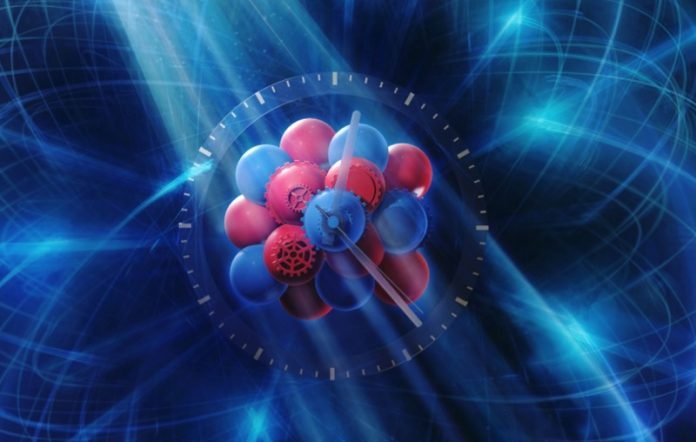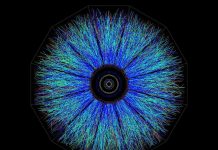
In a groundbreaking development that could revolutionize how we measure time, an international group of researchers has made a huge step forward in creating the next generation of atomic clocks.
These aren’t your regular wall clocks or smartphone timers; they’re incredibly precise instruments used for things like GPS and scientific research.
The team, working at the European X-Ray Free-Electron Laser facility, used a special kind of atomic transition in scandium, a type of metal, to make this advance.
Experts believe this could make clocks a thousand times more precise than they are now! This exciting news was shared in the journal Nature.
So, what are atomic clocks, and why are they so important? Right now, atomic clocks are the most precise timekeepers in the world.
They work by looking at how electrons in atoms, like cesium, move between different energy levels.
These electrons can absorb microwaves, a type of radiation, and the clock uses this to keep time very accurately. For example, cesium atomic clocks are so precise that they would only be off by a second after 300 million years!
The secret to an atomic clock’s accuracy is something called a resonance. Think of it as tuning a radio to the perfect station.
Atomic clocks use microwaves to tune into the exact frequency that matches the atom’s energy level changes. This process keeps the clocks incredibly stable and accurate.
However, scientists have been trying to make even more accurate clocks by using the nucleus of an atom instead of the electrons. The nucleus is the tiny, dense center of an atom. Using the nucleus for timekeeping is a big challenge because it’s harder to change its energy levels compared to electrons.
But the rewards are great – nuclear transitions are much sharper, meaning they could lead to even more precise clocks.
The research team managed to excite a special kind of transition in the nucleus of scandium. Scandium is an element that can be easily obtained in high purity.
This breakthrough is not just about making a more precise clock. It also opens the door to new possibilities in high-precision measurements and exploring fundamental physics in ways we haven’t been able to before.
Yuri Shvydko from Argonne National Laboratory explains that exciting the scandium nucleus and measuring its energy could lead to advancements beyond just timekeeping. It could help in ultra-precise measurements and understanding deep physical phenomena.
Olga Kocharovskaya of Texas A&M University, who initiated and leads this project, points out an exciting potential application of such precise timekeeping.
She says it could help us study how gravity affects time at very small distances. This means we could explore Einstein’s theory of relativity on scales that were previously impossible to study.
John Gillaspy from the National Science Foundation adds a bit of humor to the significance of this research, calling it both “exciting and timely.”
In simple terms, this research is like finding a new, super-precise way to measure time, which could help us understand our world and universe in much greater detail. It’s a big step in the world of science and could lead to many new discoveries in the future!
Source: KSR.



